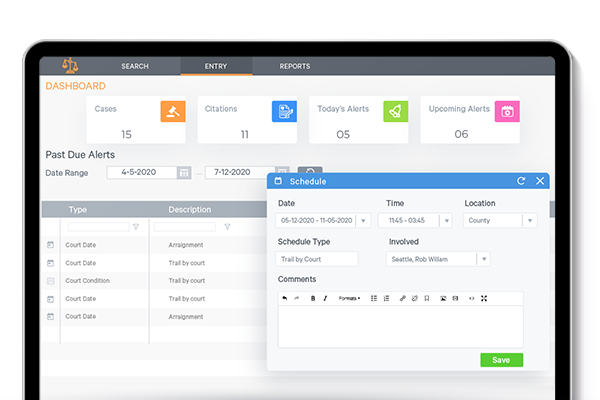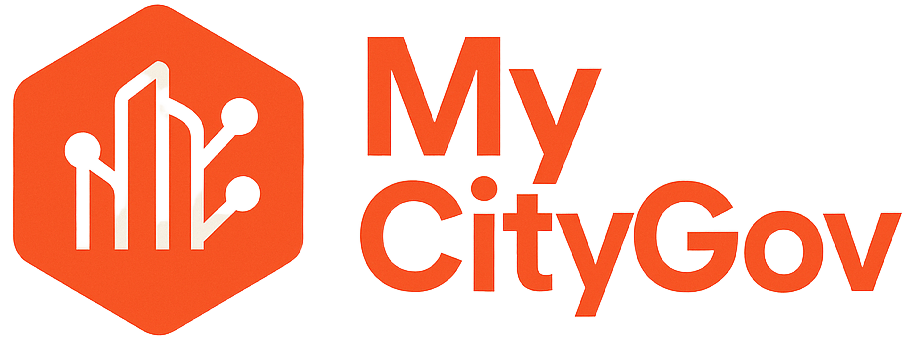
As a city administrator or IT director, you’re likely facing mounting pressure to modernize aging technology infrastructure while working within tight budget constraints. In today’s rapidly evolving digital landscape, the hidden costs of maintaining legacy government systems far exceed the investment required for modernization. This comprehensive guide will walk you through the real financial impact of outdated technology and provide you with the data-driven arguments needed to secure approval for critical upgrades.
Understanding the Staggering Financial Burden
The numbers tell a sobering story. The U.S. government allocates over $100 billion annually to information technology infrastructure, yet a staggering 80% of this budget—more than $80 billion—is consumed by operating and maintaining existing legacy systems. This leaves a minimal 20% for innovation and strategic investment in new technologies that could enhance efficiency, security, and service delivery.
For municipal governments, this translates to a perpetual cycle of increasing costs with diminishing returns. A 2024 EY survey revealed that nearly 70% of government agencies identify legacy infrastructure as their primary hurdle for modernization, largely due to escalating maintenance expenses and operational inefficiencies.

The Hidden Costs That Drain Municipal Budgets
1. Escalating Maintenance Expenses
As technology ages, the cost of keeping it operational paradoxically increases. Municipal IT departments are forced to spend disproportionate amounts just to keep outdated software running. Vendor support fees for older systems often rise dramatically, or support may be discontinued entirely, compelling agencies to rely on expensive third-party consultants or develop costly custom workarounds.
Finding qualified personnel with expertise in aging technologies, such as COBOL programmers for IBM AS/400 mainframes from the 1990s, is becoming increasingly difficult. This scarcity drives up labor costs and creates potential inability to fix critical bugs when they occur.
2. Operational Inefficiency and Lost Productivity
Legacy systems are characterized by fragmented workflows, manual workarounds, and outdated interfaces that significantly slow down government teams and inflate labor costs. Staff are often required to manually enter data multiple times across different systems, increasing errors and draining productivity that could be directed toward essential public services.
Many agencies still rely on manual, paper-heavy workflows for processes like permitting, budgeting, and HR approvals, leading to delays and mistakes. Citizens, accustomed to digital transactions in their daily lives, become understandably frustrated when government services take weeks instead of minutes.

3. Cybersecurity Vulnerabilities: A $26 Billion Problem
Perhaps the most critical financial risk stems from security breaches. Legacy systems are frequently described as a “hacker’s playground” due to their outdated security measures and unpatched weaknesses. Between 2014 and 2022, data breaches across local, state, and federal agencies cost governments an estimated $26 billion, affecting 175 million records in 822 incidents nationwide.
The average cost of a data breach in the United States has surged to $9.36 million. Recent examples underscore this vulnerability:
- Baltimore Ransomware Attack (2019): Cost the city over $18 million in recovery expenses and lost revenue
- Columbus, Ohio Attack (July 2024): Required $7 million allocation for system restoration and protective measures after 500,000 residents’ data was compromised
4. Compliance Failures and Regulatory Penalties
Legacy software makes it difficult, if not impossible, for government agencies to comply with modern cybersecurity and data protection regulations. Frameworks such as NIST, CJIS, and HIPAA require regular security updates, strong encryption, access controls, and real-time monitoring—capabilities that outdated systems often lack.
The financial consequences are severe:
- HIPAA violations can result in fines up to $1.9 million per violation per year
- CJIS non-compliance can lead to losing access to critical federal databases
- Failure to meet NIST standards can make municipalities ineligible for federal and state grants
Building Your Business Case: Quantifying the ROI of Modernization
When presenting the case for modernization to city councils and budget committees, focus on these measurable benefits:
Immediate Cost Savings
Modern systems deliver quantifiable returns that justify the initial investment:
- Reduced Operational Costs: Modernization efforts at the Department of Homeland Security saved $30 million annually in operational costs alone
- Consolidation Benefits: The Department of Energy consolidated 64 email systems through modernization, eliminating redundant infrastructure costs
- Automation Gains: One agency reduced victim certification time from six weeks to three weeks while serving twice as many people without increasing budget or staffing
Enhanced Security and Risk Mitigation
Modernization significantly reduces cyber risk exposure. Consider that 70% of security problems in government systems originate from legacy code. Modern systems provide:
- Multi-factor authentication capabilities
- Advanced encryption protocols (AES-256, TLS 1.3)
- Compatibility with AI-driven security solutions
- Support for Zero Trust security frameworks
Improved Citizen Experience and Operational Efficiency
Digital transformation enables:
- 24/7 online service availability
- Automated workflows reducing processing times
- Real-time data access for better decision-making
- Mobile-first service delivery meeting citizen expectations
Overcoming Common Objections
“Our current system still works”
Challenge this perception by highlighting increasing maintenance costs, growing cybersecurity vulnerabilities, and inability to integrate with modern tools. Present data showing how “working” systems are actually costing more each year.
“We can’t afford the upfront investment”
Frame modernization as a necessity, not an option. Use examples like Baltimore’s $18 million ransomware recovery cost to illustrate that the cost of inaction far exceeds the investment in modernization.
“The transition is too risky”
Propose a phased approach, starting with one department or process to demonstrate value and build momentum. This spreads costs across multiple budget cycles while proving ROI incrementally.
Leveraging Available Funding Opportunities
Take advantage of special programs designed to support municipal modernization:
- Technology Modernization Fund (TMF): Dedicated capital fund for federal agencies to upgrade IT systems
- American Rescue Plan funding: Available for IT upgrades in many municipalities
- State and federal grants: Specifically targeting cybersecurity improvements
- Public-private partnership opportunities: Sharing costs and risks with experienced vendors
Next Steps for Your Municipality
- Conduct a Comprehensive Assessment: Inventory current IT assets, identify security vulnerabilities, and document operational inefficiencies
- Calculate Total Cost of Ownership: Include maintenance, security risks, compliance costs, and opportunity costs in your analysis
- Develop a Phased Implementation Plan: Start with high-impact, low-risk projects to build momentum
- Engage Stakeholders Early: Build support across departments and with elected officials
- Partner with Experienced Vendors: Choose providers with proven government experience and robust security credentials
Conclusion
The evidence is overwhelming: the cost of maintaining legacy government systems far exceeds the investment required for modernization. With 80% of government IT budgets consumed by outdated infrastructure, municipalities cannot afford to delay action. The question is not whether your city can afford to modernize, but whether it can afford not to.
By presenting a data-driven case that emphasizes both the risks of inaction and the quantifiable benefits of upgrading, municipal leaders can secure the support needed to move forward. Modernization is not merely a technical project but a strategic transformation that promises enhanced cybersecurity, increased operational efficiency, significant cost savings, and improved citizen services.

Ready to modernize your municipal technology infrastructure? Contact mycitygov.com for a free consultation and discover how we can help transform your digital operations while ensuring security, compliance, and long-term cost savings. Our experienced team specializes in helping local governments navigate digital transformation successfully, with proven solutions designed specifically for municipal needs.
